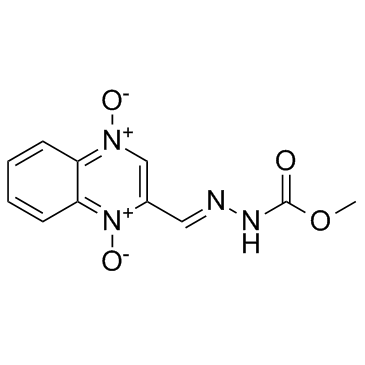Controlling Salmonella infection in weanling pigs through water delivery of direct-fed microbials or organic acids. Part I: effects on growth performance, microbial populations, and immune status.
M C Walsh, M H Rostagno, G E Gardiner, A L Sutton, B T Richert, J S Radcliffe
文献索引:J. Anim. Sci. 90(1) , 261-71, (2012)
全文:HTML全文
摘要
Pigs (n = 88) weaned at 19 ± 2 d of age were used in a 14-d study to evaluate the effects of water-delivered direct-fed microbials (DFM) or organic acids on growth, immune status, Salmonella infection and shedding, and intestinal microbial populations after intranasal inoculation of Salmonella Typhimurium (10(10) cfu/pig). Pigs were challenged with Salmonella 6 d after commencement of water treatments. Treatments were 1) control diet; 2) control diet + DFM (Enterococcus faecium, Bacillus subtilis, and Bacillus licheniformis) in drinking water at 10(9) cfu/L for each strain of bacteria; 3) control diet + an organic acid-based blend (predominantly propionic, acetic, and benzoic acid) in drinking water at 2.58 mL/L; and 4) control diet + 55 mg/kg of carbadox. Serum samples were taken on d 6, 8, 10, and 14 for determination of tumor necrosis factor α (TNFα) concentrations. Fecal samples were taken on d 0, 5, 7, and 11 for determination of Salmonella shedding and enumeration of coliforms. Pigs were euthanized on d 6, 8, 10, and 14. Intestinal and cecal tissue and digesta and mesenteric lymph nodes were sampled and analyzed for Salmonella. Duodenal, jejunal, and ileal mucosal scrapings were sampled for measurement of mucosal TNFα concentrations. Water delivery of DFM prevented a decline in ADG on d 2 to 6 postchallenge compared with the negative control (P < 0.05). Coliform counts tended to be greater (P = 0.09) in the cecum of the DFM treatment group on d 2 postinfection compared with the negative control and acid treatment groups. However, Salmonella prevalence in the feces, gastrointestinal tract, or lymph nodes was not affected by water delivery of acids or DFM. Serum and mucosal TNFα concentrations were not affected by treatment throughout the study with the exception of ileal concentrations on d 4 postchallenge, which were greater in the negative control group compared with all other treatments (P < 0.05). The in-feed antibiotic was the only treatment that reduced Salmonella prevalence and this was localized to the cecum on d 8 postinfection. In conclusion, the DFM and organic acid treatments used in this study offered little or no benefits to pigs infected with Salmonella and should not be considered under the constraints of this study as viable alternatives to in-feed antibiotics in a pathogen challenge situation.
相关化合物
| 结构式 | 名称/CAS号 | 分子式 | 全部文献 |
|---|---|---|---|
 |
卡巴多
CAS:6804-07-5 |
C11H10N4O4 |
|
Reduction of carbadox mediated by reaction of Mn(III) with o...
2013-02-05 [Environ. Sci. Technol. 47(3) , 1357-64, (2013)] |
|
Determination of amprolium, carbadox, monensin, and tylosin ...
2007-01-01 [Rapid Commun. Mass Spectrom. 21(12) , 1944-50, (2007)] |
|
Antibiotics in feed induce prophages in swine fecal microbio...
2011-11-01 [MBio 2(6) , doi:10.1128/mBio.00260-11, (2011)] |
|
Progress on the development and single-laboratory validation...
2009-01-01 [J. AOAC Int. 92(1) , 26-33, (2009)] |
|
Determination of Carbadox and metabolites of Carbadox and Ol...
2012-01-15 [J. Chromatogr. B. Analyt. Technol. Biomed. Life Sci. 881-882 , 90-5, (2012)] |